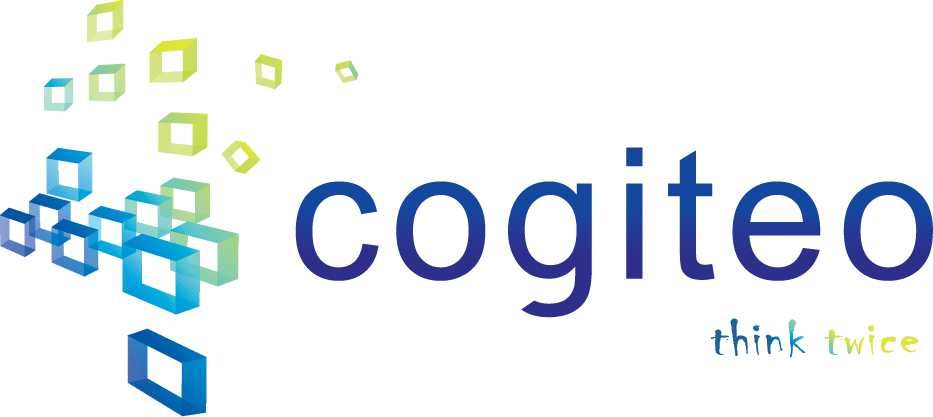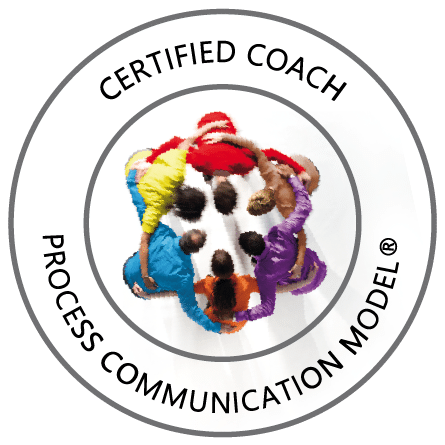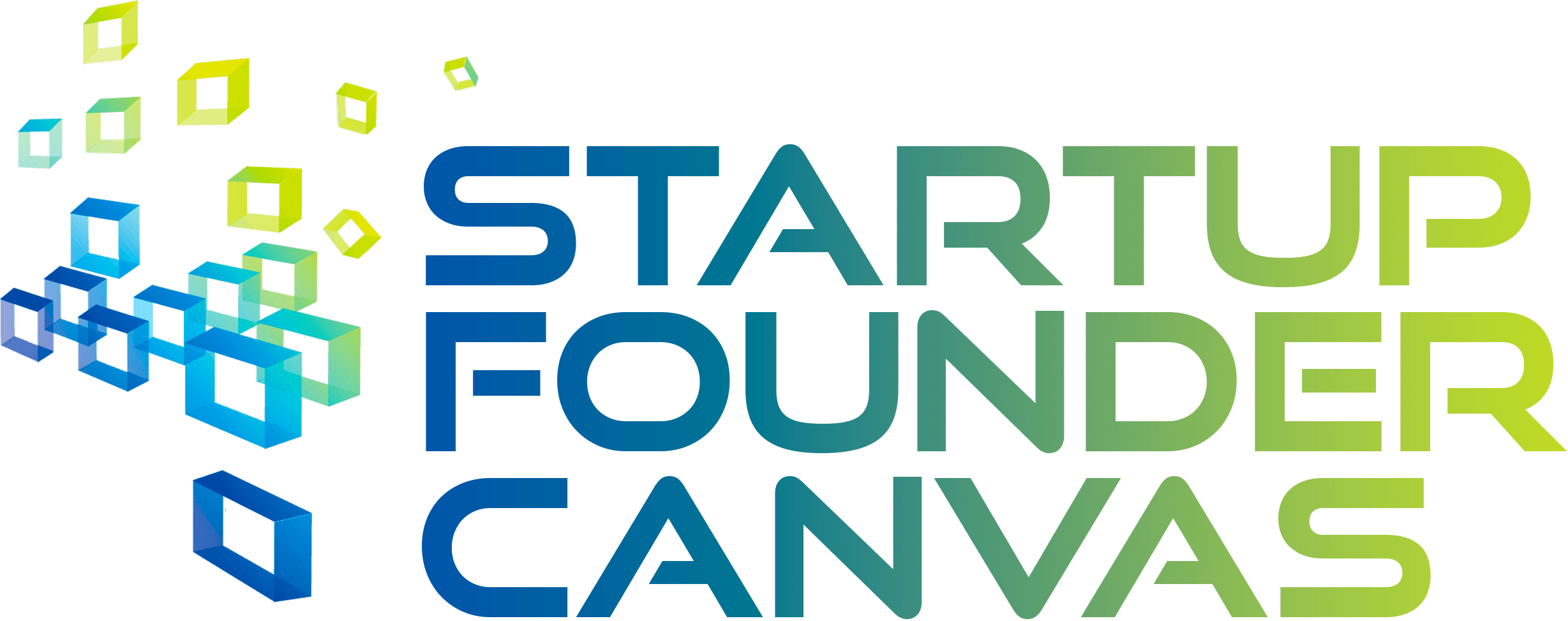Since the change of his line manager 2 years ago, Paul, financial director, has been living in a hellish situation. He is confronted with employees whose dubious behavior borders on misuse of company assets. In spite of numerous remarks, sometimes going as far as objections, the behavior continues, covered up by management. Lost, his values shaken, his skills scorned, this CFO has the good idea of consulting a coach. But which one to choose?
A non-judgmental, non-opinionated AI who listens 24 hours a day, the kind you take on and leave without a second thought. All at an affordable price? Or will he choose a human coach with his imperfect, subjective shortcomings?
Here’s a proposal to follow in parallel an approach with a coach bot (AI tool) and another of coaching with a human coach.
First, let’s look at how AI works, as seen in chatbots in particular. The analysis is carried out using a questionnaire based on an approach similar to Vincent Lenhardt’s RPBDC or GROW , a classic coaching model that has already been tested on coach bots :
– Goal: What is your objective?
– Reality: Can you describe your situation?
– Options: What are your possible options?
– Will: Are you willing to implement a solution?
Depending on the coachee’s responses, a generative AI selects and submits the most probable proposals extracted from a large corpus, sometimes biased, according to the predefined framework. At the end of the session, incentives for action are discussed and framed, where only the coachee can assess the relevance of the help received and its potential effectiveness.
Hard to beat? Before dwelling on what a human coach does, let’s remember that the art of coaching relies on a subtle blend of emotional intelligence skills: asking questions, listening to answers, assessing the meaning of words, interpreting what is left unsaid, deciphering silences, observing reactions, appreciating motivations, etc., and so on.
There’s what I say: the words, the verbal.
To ask questions, the AI systematically follows a predefined path. Note-taking is automatic, enabling recurring themes to be identified. Comprehension is perfect, as is the history of words exchanged.
Human questioning seems more random. It follows a course that can sometimes seem tortuous, even jumping from one cock to another on certain occasions. In spite of these apparent difficulties, the human coach has other assets, such as the ability to use humor to unblock situations or get messages across in a roundabout or more effective way. Second-degree humor, self-mockery and irony are also very useful tools, if used wisely.
There’s what I say and how I say it: the verbal and the non-verbal. Content and form.
They say the body doesn’t lie. It’s hard to hide what the body spontaneously shows.
Every word the coachee says must be correlated with the associated non-verbal signals. For example, the laughter of the lost, when a person laughs while talking about a difficult situation.
Analyzing non-verbal signals requires multiple, multi-modal capture capabilities for an AI. Words and tone of voice are recorded by an audio system. Emotions are perceived with a camera that detects major facial expressions. Gestures and postures are captured by a full-body camera. Stress can be detected with biometric sensors. AI can implement all these sensors and integrate all these stimuli. Analyzing and understanding them is a difficult task. How can we detect tics, expressions of unconscious behavior, and understand their meanings? Cross-interpreting them requires a higher level of expertise. Correlating this interpretation with words requires a very fine understanding of human nature. The human coach is originally equipped with and benefits from the facility to integrate and process all these stimuli in correlation with words through his expertise and experience.
There’s what I say, how I say it and where I say it, the context.
And finally, there’s the context or situation.
We can think of the senior executive with questions about the end of his or her career, the person from a modest background who has been unemployed for 5 years, the person facing racist attacks because of his or her skin color or religion, the person with a particular or non-gendered sexual orientation, the education received (… or not), the culture, all the complex situations in relationships with those close to him or her, the life path.
For an AI, the context can be informed a priori, but how can we know what is relevant and will be useful for coaching? The human coach can grasp a culture, a situation, a context, but above all, assess its potential impact on the coaching process. All these elements enable the coach to adjust his strategy and tactics.
There are words, non-verbals and context. While AI can easily learn words, understanding them remains difficult. There’s still a big gap between understanding emotions, interpreting complex situations and correlating these three dimensions: words, emotions and context.
Let’s return to Paul’s case. With or without a detailed understanding of context and state of mind, coaching with our CFO can take different paths. The human coach questions Paul’s career path and motivations. He assesses the level of stress caused by the situation and the importance Paul places on his values and skills. If the manager’s dilemma is great enough, the human coach may attempt paradoxical coaching. To provoke a salutary awakening, the coach could ask Paul if he envisages living in this situation for much longer. This can work, provided the coachee’s level of commitment and resources are sufficient to enable him to take action and get out of this impasse. How can we assess this with an automatic tool?
The question that remains is whether an AI would have all the necessary finesse and emotional intelligence for these assessments and guesses, or whether it would run a standard protocol without detecting the opportune moment for the coach’s “hammer blow”. It’s the dimension of standardization of AI responses that can’t be taken out of the training base.
Artificial Intelligence is revolutionizing our daily lives in many fields. Generative AI is advancing rapidly, but always in the same direction, adding layers of interfaces but never calling into question the basic “mechanics” of training. Human relations and coaching remain largely dependent on Emotional Intelligence. I don’t know how AI and technology will evolve and at what pace, but I think the human coach still has a bright future ahead of him.
With warm thanks to Denis Trystram, professor at UGA






